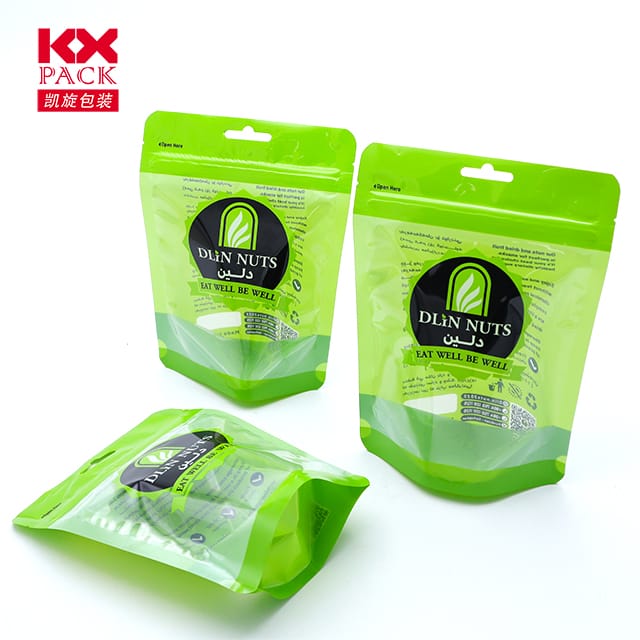Utforska utvecklingen och innovationerna i filmplast: En omfattande översikt (2)
Filmplast
The term “Filmplast” hänvisar till en mångsidig kategori av tunn, flexibla material härrörande från polymerer, Spelar en viktig roll i hela branscherna. Från förpackningslösningar till avancerade tekniska applikationer, Filmplast har förvandlat modern tillverkning och konsumentvanor. Denna blogg fördjupar deras betydelse, Nya innovationer, och framtida trender.
1. Stiftelse: Types and Applications
Film plastics encompass a range of materials, inklusive polyeten (PE), polypropen (PP), polyester (SÄLLSKAPSDJUR), and biodegradable polymers like PLA. Their lightweight, hållbar, and cost-effective properties make them indispensable in:
- Förpackning: Food-grade films extend shelf life, while industrial films protect goods during transit.
- Lantbruk: Mulching films improve crop yields by retaining soil moisture.
- Elektronik: Conductive and insulating films enable high-performance circuit boards.
- Medical Devices: Sterile packaging and implantable materials rely on biocompatible films.
2. Market Dynamics and Growth
The global film plastic market is experiencing steady expansion, driven av:
- Rising Demand: The packaging sector, particularly in emerging economies, fuels consumption.
- Technological Advancements: Innovations like nanotechnology and multi-layer coextrusion enhance film functionality.
- Sustainability Initiatives: Regulatory pressures and consumer demand push for biodegradable and recyclable films.
Enligt branschrapporter, the market size was valued at approximatelyUSD 787 miljarder in 2022 and is projected to reachUSD 963.7 miljarder med 2029, med en CAGR på 2.9%. Key players include China, the U.S., and Europe, where industries are rapidly adopting eco-friendly alternatives.
3. Innovations Shaping the Future
3.1 Functional Films for Specialized Needs
- Antifog and Antistatic Films: These prevent condensation and static buildup, critical for electronics and food packaging.
- High-Barrier Films: Used in food and pharmaceutical packaging, they extend product shelf life by blocking oxygen and moisture.
- Smartfilmer: Incorporating RFID tags, temperature sensors, or QR codes, these films enhance traceability and consumer engagement.
3.2 Hållbarhet: Det gröna imperativet
- Biologiskt nedbrytbara filmer: PLA (polyaktinsyra) and other bio-based polymers reduce environmental impact. Till exempel, LVMH Group uses PLA-based films for luxury packaging.
- Återvunnet innehåll: Brands like Coca-Cola and Mars are adopting 100% rPET (recycled PET) in their packaging, signaling a shift toward circular economy practices.
- Lättvikt: Reducing material thickness without compromising strength—such as PepsiCo’s 10% lighter 330ml PET bottles—cuts costs and carbon footprints.
3.3 High-Performance Films for Emerging Industries
- Automotive Lightweighting: Films like PA6/12 and PPE+PA composites reduce vehicle weight, boosting fuel efficiency. BMW’s i3 and Toyota’s ISO Dynamics resin seats exemplify this trend.
- Elektronik: High-temperature-resistant films (TILL EXEMPEL., PEEK, PPS) enable safer, faster-charging EV batteries.
- Medical Innovations: Biocompatible films for drug packaging and implants, such as Astellas’ bio-based blister packs, improve patient safety.
4. Challenges and Opportunities
Trots framsteg, the industry faces hurdles:
- Waste Management: Single-use plastics remain a concern, necessitating better recycling infrastructure.
- Regelverk: Stringent environmental laws (TILL EXEMPEL., EU’s single-use plastic ban) require agile adaptation.
- Kostnad vs. Hållbarhet: Biodegradable films often cost more, limiting adoption in price-sensitive markets.
dock, these challenges drive innovation. Collaborations between academia and industry, such as Amat Medical’s PLCL polymer stents, show promise in closing the gap between performance and sustainability.
5. Vägen framåt
The future of film plastics hinges on:
- Advanced Recycling Technologies: Chemical recycling of mixed plastics could unlock high-value applications.
- Smart förpackning: Integration of IoT sensors for real-time product monitoring.
- Global Collaboration: Cross-industry partnerships to standardize sustainable practices.
Slutsats
Film plastics are more than mere packaging materials—they are enablers of innovation, effektivitet, och hållbarhet. As industries evolve, so too must these films, balancing performance with environmental responsibility. The journey ahead demands creativity, samarbete, and a commitment to a greener future.
What are your thoughts on the future of film plastics? Share your insights in the comments below!







